Olafur Eliasson conjures an otherworldly realm at Fondation Louis Vuitton
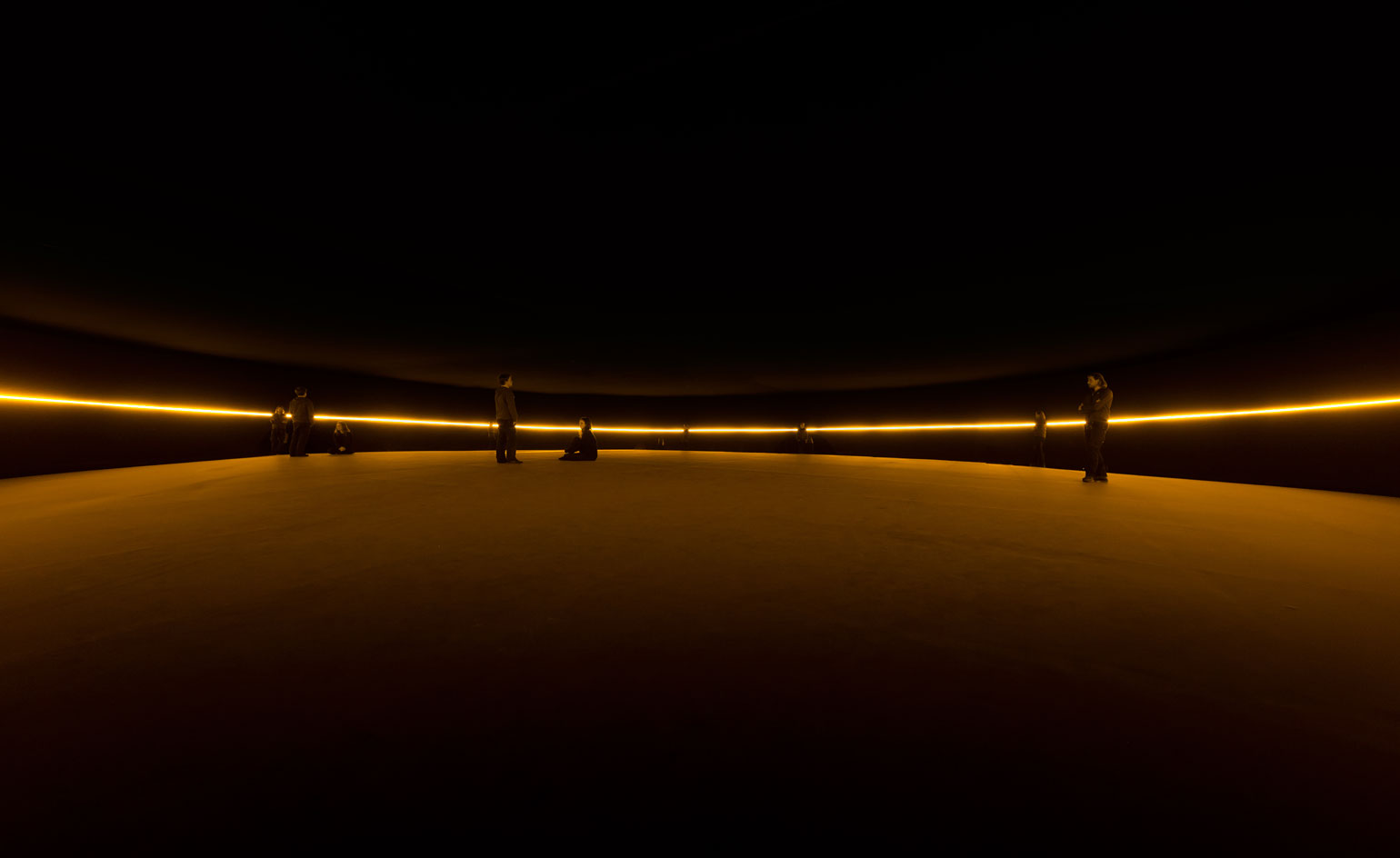
If the title of Olafur Eliasson's solo show at the Fondation Louis Vuitton allows for limitless representative and contemplative interpretations, it also begins by fulfilling a basic human desire: to touch the things that arouse our curiosity. 'Contact', his first Paris exhibition since a retrospective at the Musée d'Art Moderne in 2002, immediately establishes a break with traditional museum protocol by inviting people to feel the craggy surface of a meteorite fragment mounted to a wall.
'Normally, you are not supposed to touch the artwork,' explained the artist, from one of the many irregularly shaped rooms within Frank Gehry’s instantly iconic building, 'but when I touched a meteorite, it was the first time I touched something which was not from this planet.'
For the Dutch-Icelandic artist, the idea of 'touching the untouchable' has informed a series of new projects that place viewers in an immersive orbit where perceptions are challenged in surprisingly simple ways. With 'Parallax Planet', the convex curvature of a spherical window outdoors transforms water spurting from an everyday garden hose into a hypnotic, Mobius-type loop.
The show’s namesake piece, 'Contact', uses an inclined floor, mirrors and a horizontal amber light to create the sensation of peering out into space from the pole of a planet. Often, it becomes difficult to discern where design ends and illusion begins. Yet Eliasson volunteers the secrets behind his special effects; German black sandpaper, for instance, gives the impression of diamond dust on the walls of 'Double Infinity'.
The show, curated by the Fondation's Suzanne Pagé with support from Laurence Bossé, Hans Ulrich Obrist and Claire Staebler, comprises eight works including the rooftop heliostat 'sun tracker' that refracts rays onto a polyhedron sculpture suspended near the museum’s entry.
But let's not forget Eliasson’s site-specific 'Inside the Horizon', the 43 illuminated triangular columns staggered out along the museum’s grotto. Eliasson was adamant that he and Gehry share complementary visions. 'All of my spaces are generally something you can put down to basically two or three geometrical shapes – circle, cone, triangle – unlike Frank’s building, which is all about waves and free forms and unpredictable.'
So then what to make of the concluding piece, 'Big Bang Fountain'; Eliasson’s water experiment captures the split-second between upward pressure and downward gravitational force, illuminated with a strobe light so that a splash becomes a wondrous cosmic phenomenon. Here, he admits, 'we see things that are unseeable, that you cannot see', adding that the water is 'the sculpture in the show that you can never ever make a mathematical form out of.'
Eliasson, who appeared at the preview wearing a limited Louis Vuitton edition of his 'Little Sun' solar-powered lamp (first introduced during his Tate Modern project in 2012 as part of a continuing mission to provide clean, affordable light to communities without electricity) reassured visitors that they need not follow his map detailing the show’s circuit. 'Maybe getting lost is not so bad after all,' he offered, especially if it leads to 'finding yourself again'. A touching sentiment, indeed.

Often, it becomes difficult to discern where design ends and illusion begins.
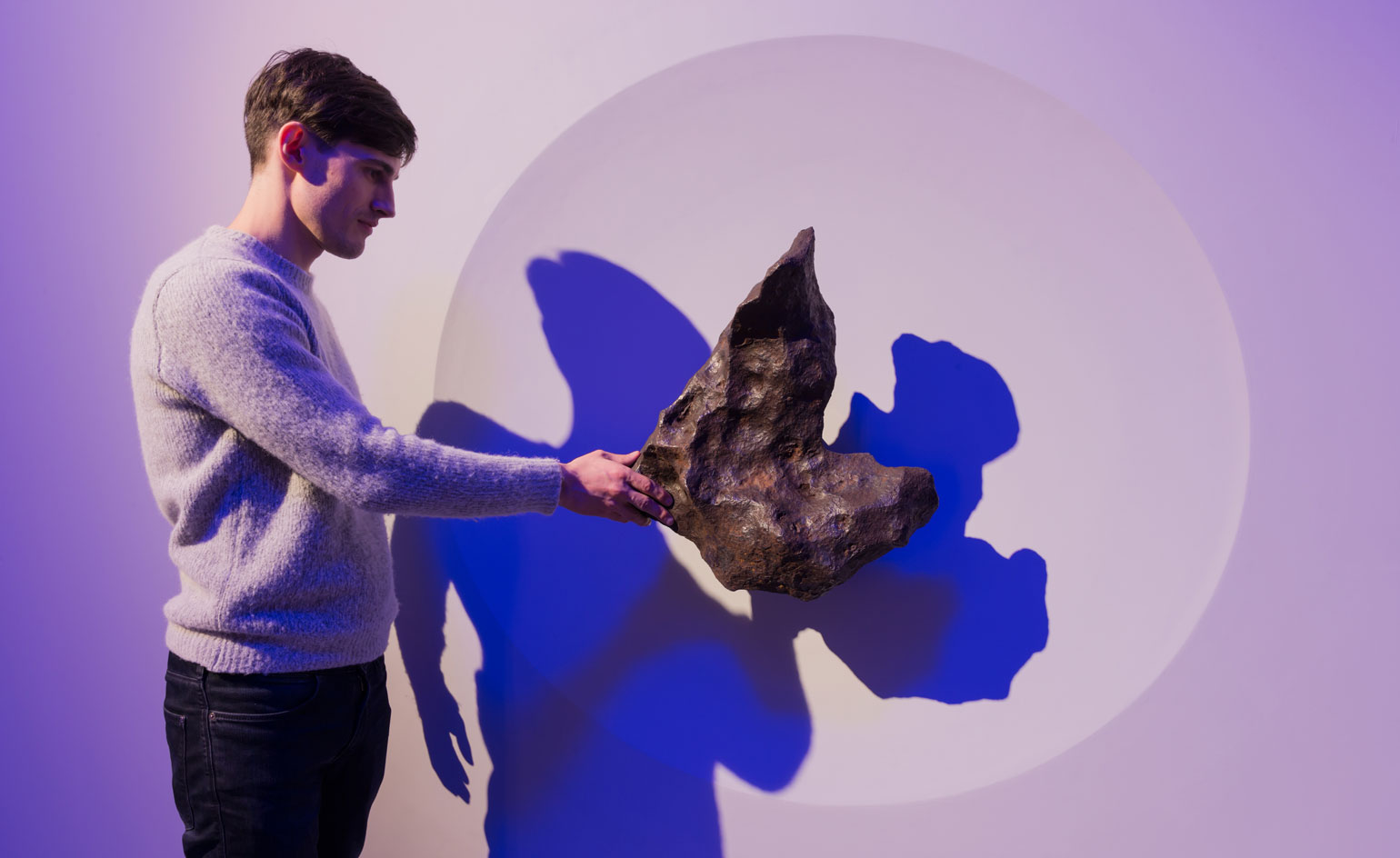
Eliasson's first Paris exhibition since a retrospective at the Musée d'Art Moderne in 2002, it immediately establishes a break with traditional museum protocol by inviting people to feel the craggy surface of a meteorite fragment mounted to a wall.
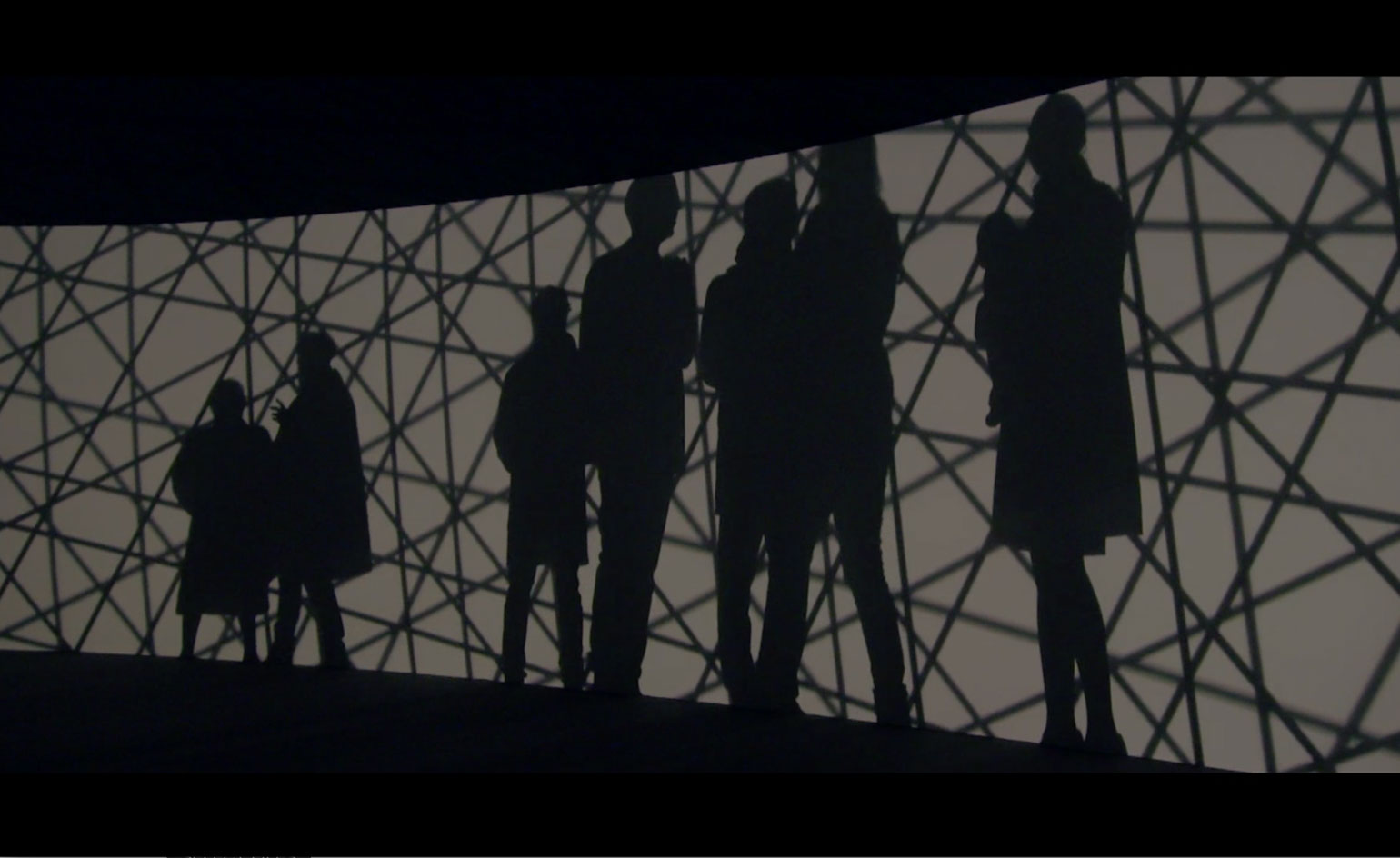
4031642452001
Watch Eliasson and Fondation Louis Vuitton's artistic director Suzanne Pagé explain the concept behind the show
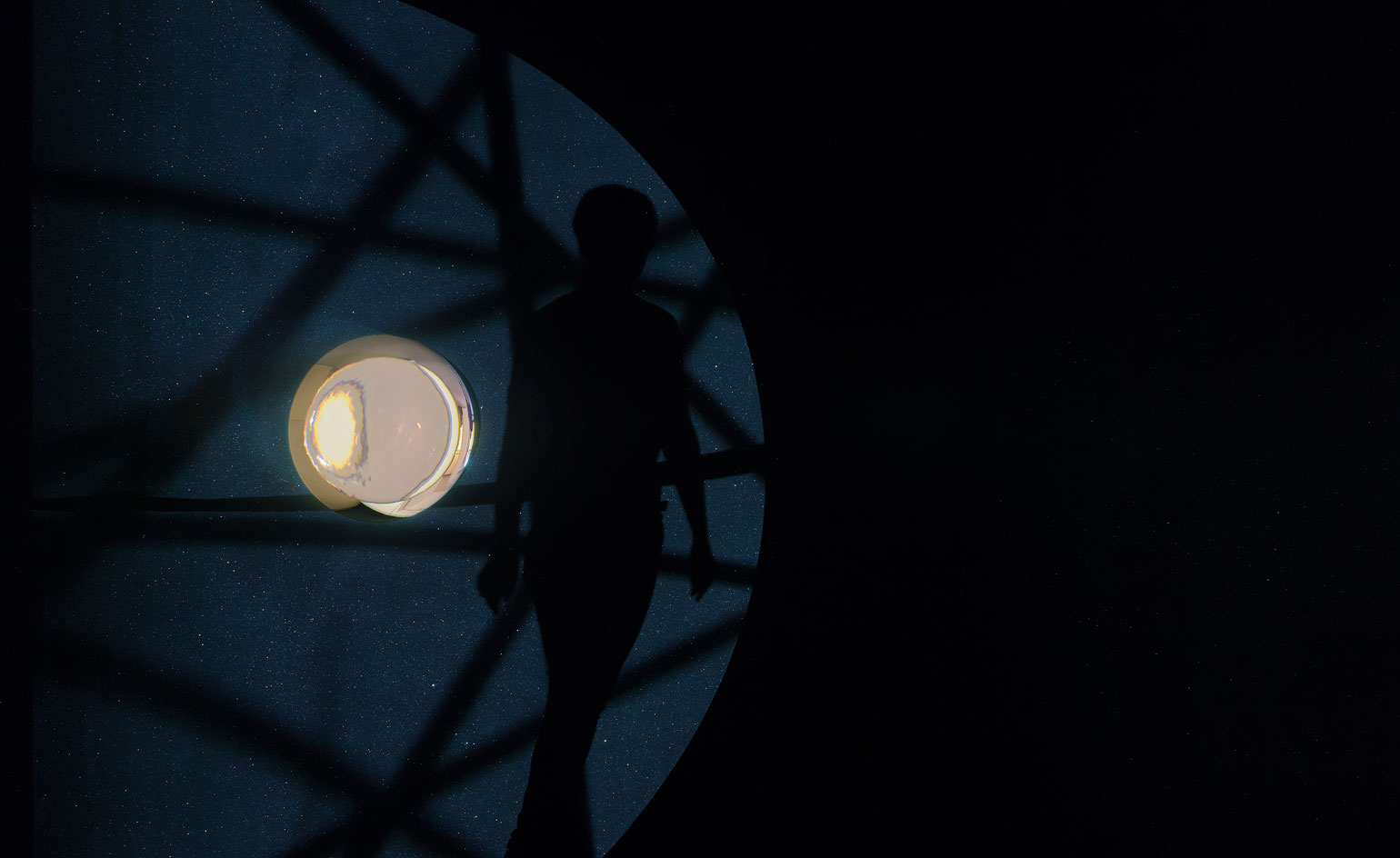
Eliasson volunteers the secrets behind his special effects: German black sandpaper, for instance, gives the impression of diamond dust on the walls of 'Double Infinity'.
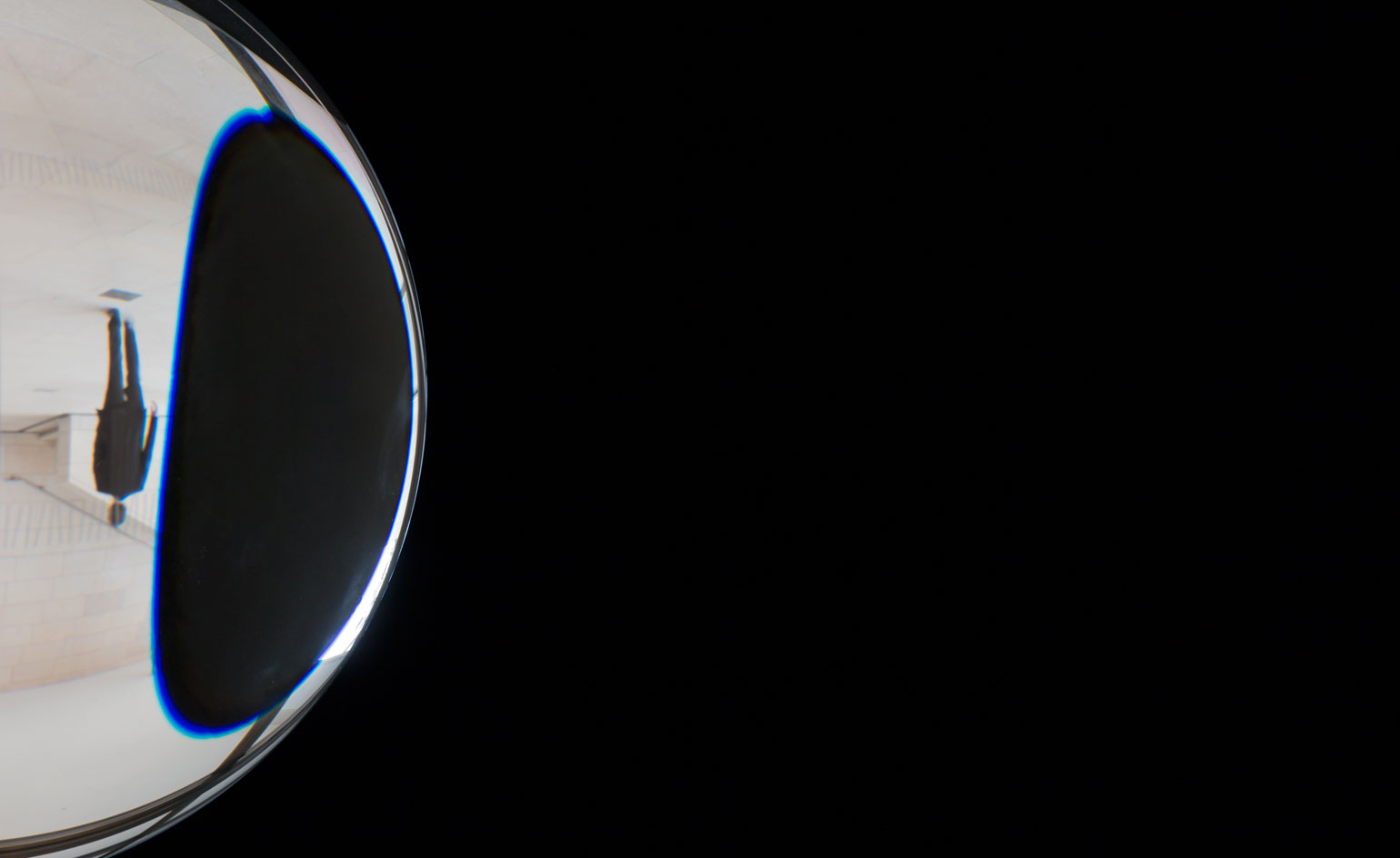
Detail of 'Double Infinity', by Olafur Eliasson, 2014.

For the Dutch-Icelandic artist, the idea of 'touching the untouchable' has informed a series of new projects that place viewers in an immersive orbit where perceptions are challenged in surprisingly simple ways. Pictured is 'Map for unthought thoughts', 2014.

Installation view of 'Map for unthought thoughts', by Olafur Eliasson, 2014.
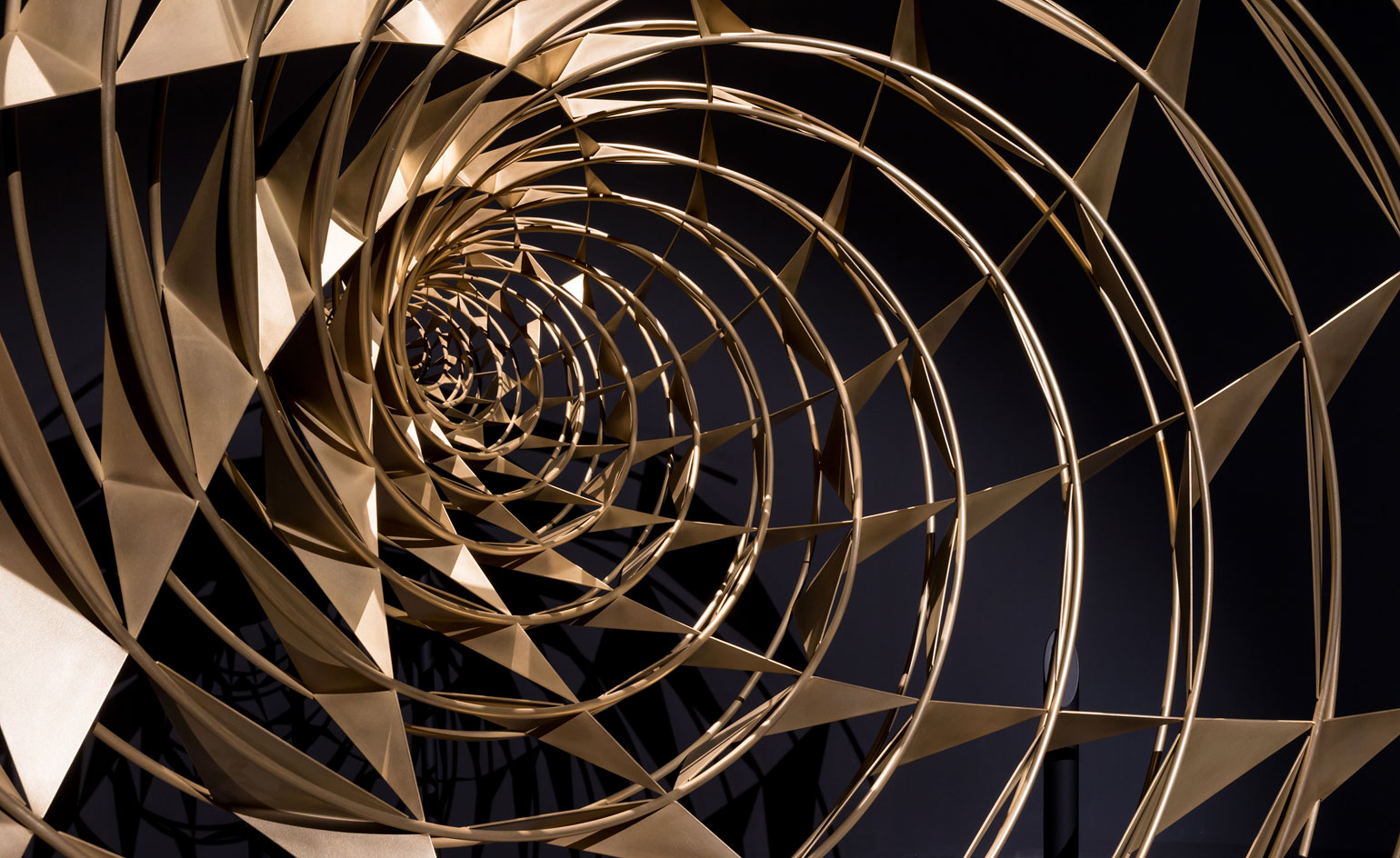
'Bridge from the future', by Olafur Eliasson, 2014.
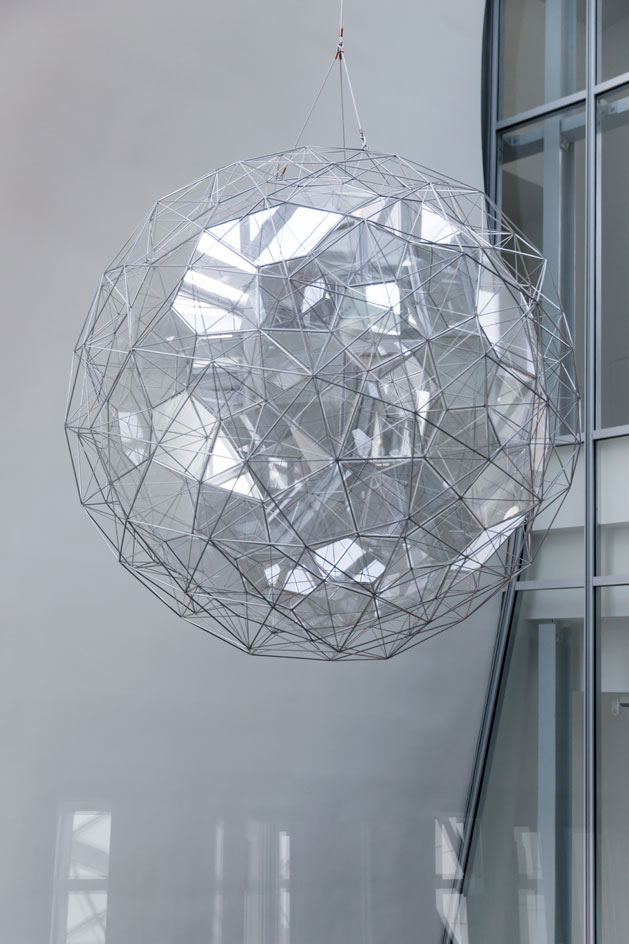
The show, curated by the Fondation's Suzanne Pagé with support from Laurence Bossé, Hans Ulrich Obrist and Claire Staebler, comprises eight works including the rooftop heliostat 'sun tracker' that refracts rays onto a polyhedron sculpture suspended near the museum’s entry.
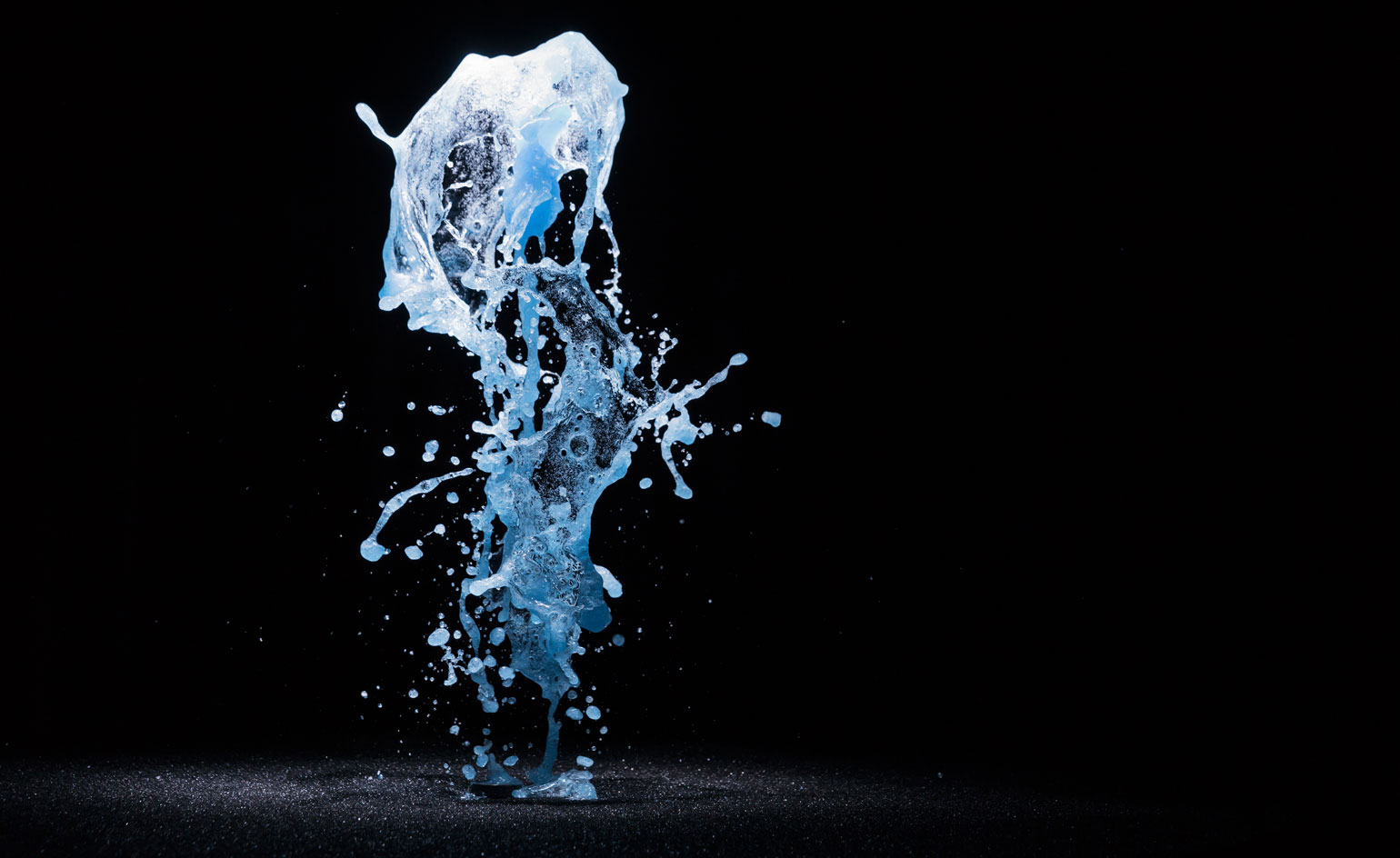
Eliasson’s concluding piece, 'Big Bang Fountain', is a water experiment that captures the split-second between upward pressure and downward gravitational force, illuminated with a strobe light.
ADDRESS
Fondation Louis Vuitton
8, Avenue du Mahatma Gandhi
Bois de Boulogne
75116 Paris
Receive our daily digest of inspiration, escapism and design stories from around the world direct to your inbox.
-
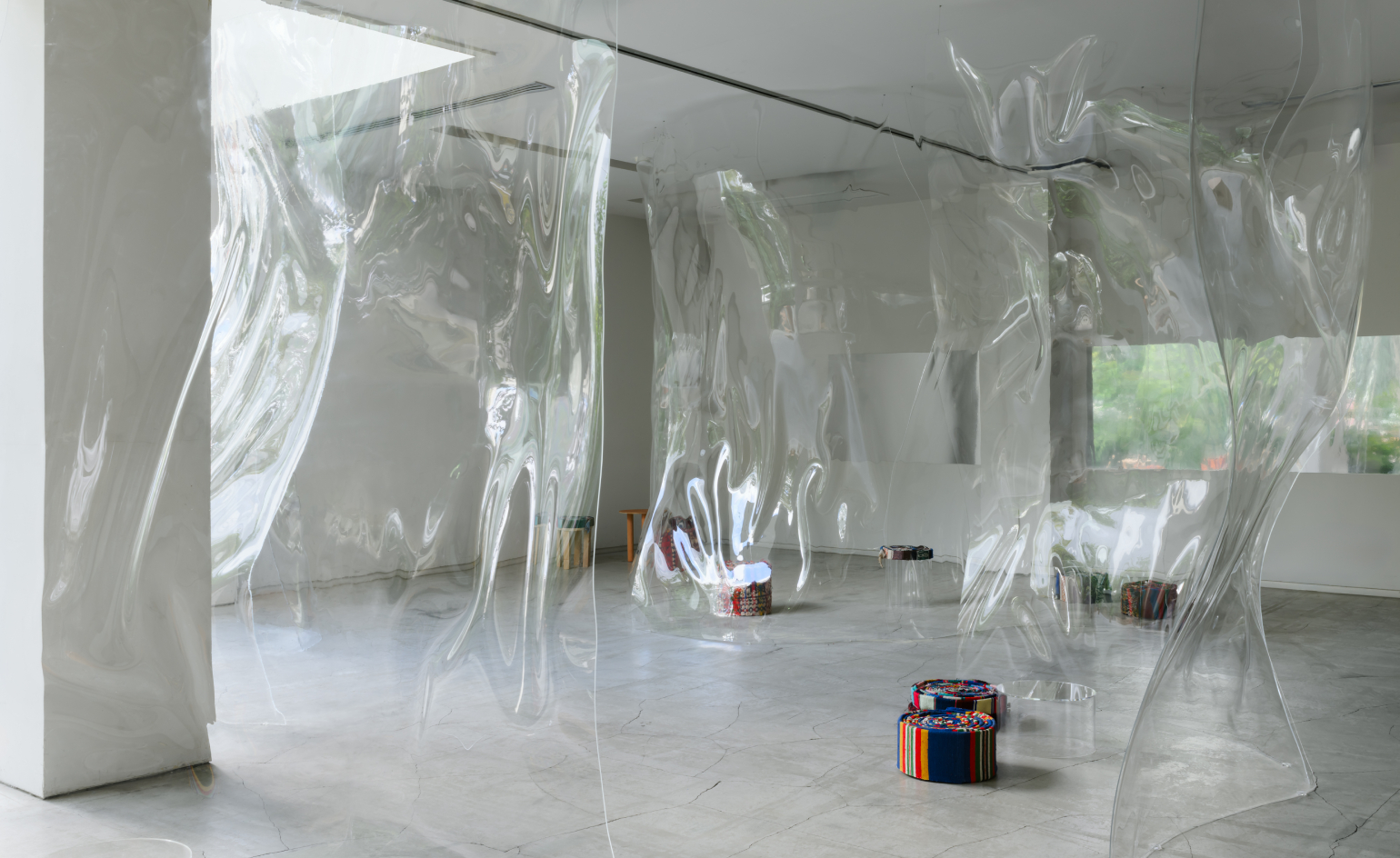 How Ichio Matsuzawa designed the almost-invisible bar defining Art Week Tokyo 2025
How Ichio Matsuzawa designed the almost-invisible bar defining Art Week Tokyo 2025During the art fair’s latest instalment, Wallpaper* met the Japanese architect to explore architecture as sensation, not structure
-
 The story behind rebellious New York fashion label-cum-art collective, Women’s History Museum
The story behind rebellious New York fashion label-cum-art collective, Women’s History MuseumMattie Barringer and Amanda McGowan’s multidisciplinary label has been challenging fashion’s status quo for the past decade. As they open a new exhibition at Amant, Brooklyn, the pair sit down with Wallpaper* to discuss their provocative approach
-
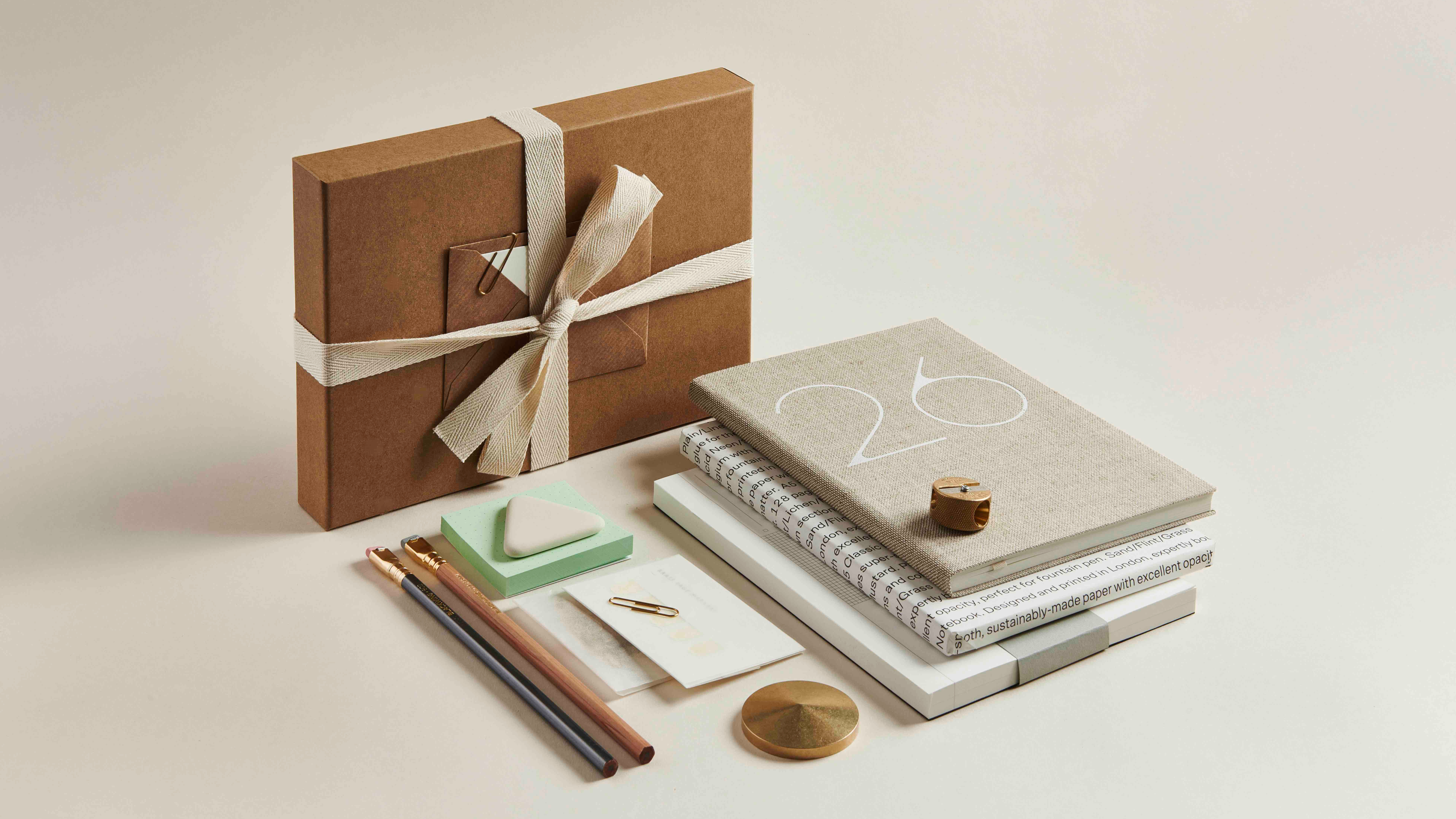 Mark+Fold Turns 10 with first Shoreditch pop-up
Mark+Fold Turns 10 with first Shoreditch pop-upBritish stationery brand Mark+Fold celebrates ten years in business with a Brick Lane pop-up featuring new products, small-batch editions and conversations with creatives
-
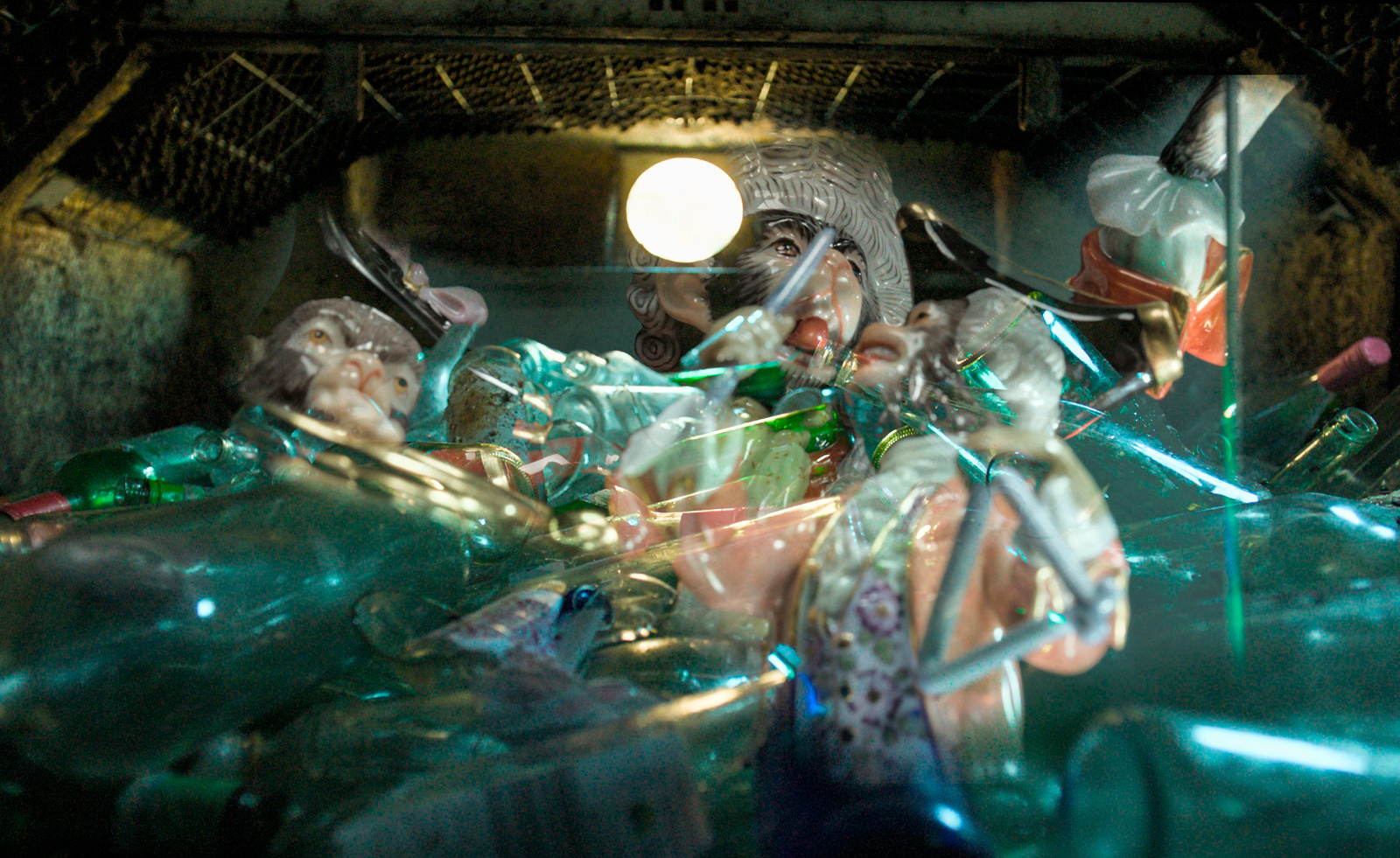 Thrilling, demanding, grotesque and theatrical: what to see at Berlin Gallery Weekend
Thrilling, demanding, grotesque and theatrical: what to see at Berlin Gallery WeekendBerlin Gallery Weekend is back for 2025, and with over 50 galleries taking part, there's lots to see
-
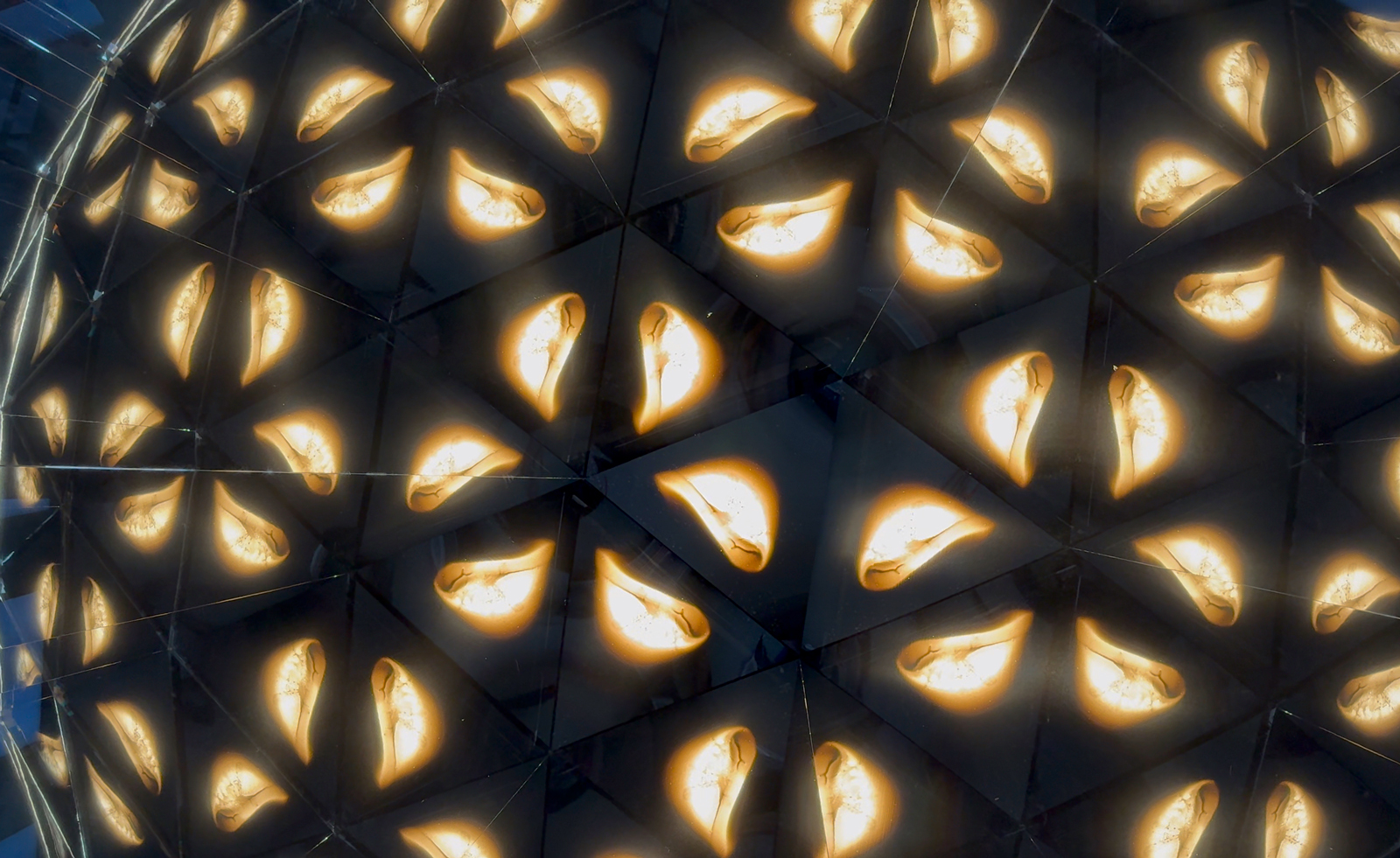 Olafur Eliasson's new light sculptures illuminate Los Angeles
Olafur Eliasson's new light sculptures illuminate Los AngelesOlafur Eliasson's new exhibition, 'Open,' at the Museum of Contemporary Art in Los Angeles, includes 11 new pieces
-
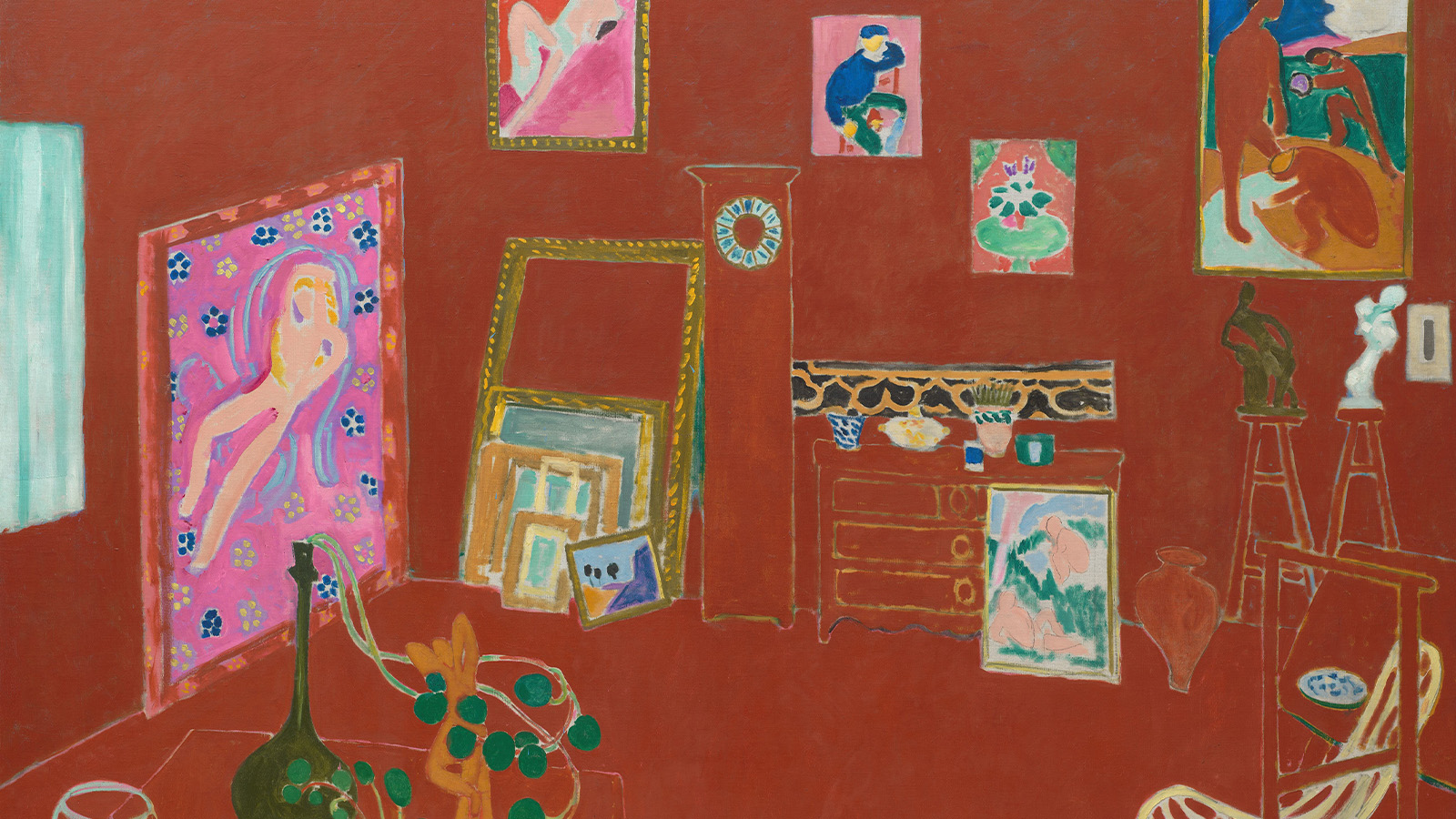 Don’t miss Henri Matisse and Ellsworth Kelly at Fondation Louis Vuitton
Don’t miss Henri Matisse and Ellsworth Kelly at Fondation Louis VuittonFondation Louis Vuitton present a series of works by Matisse and Kelly, celebrating the influence they had on the trajectory of contemporary art
-
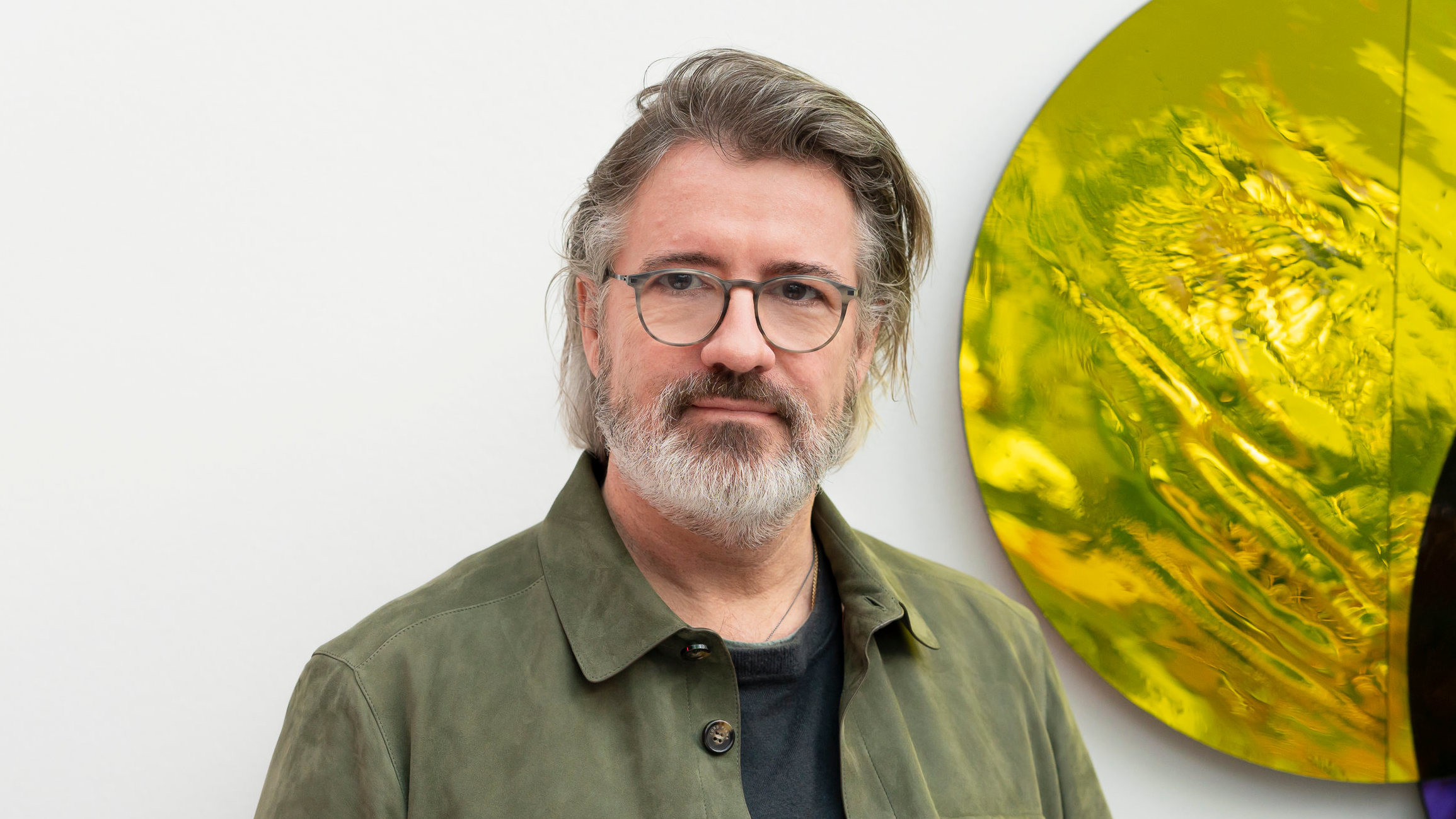 WeTransfer announces Olafur Eliasson as its new annual guest curator
WeTransfer announces Olafur Eliasson as its new annual guest curatorArtist Olafur Eliasson becomes the latest guest curator for WeTransfer’s WePresent creative portal
-
 Olafur Eliasson inaugurates Azabudai Hills Gallery in Tokyo
Olafur Eliasson inaugurates Azabudai Hills Gallery in TokyoOlafur Eliasson marks launch of Azabudai Hills Gallery, in Tokyo’s major new district, with a show of elemental strength
-
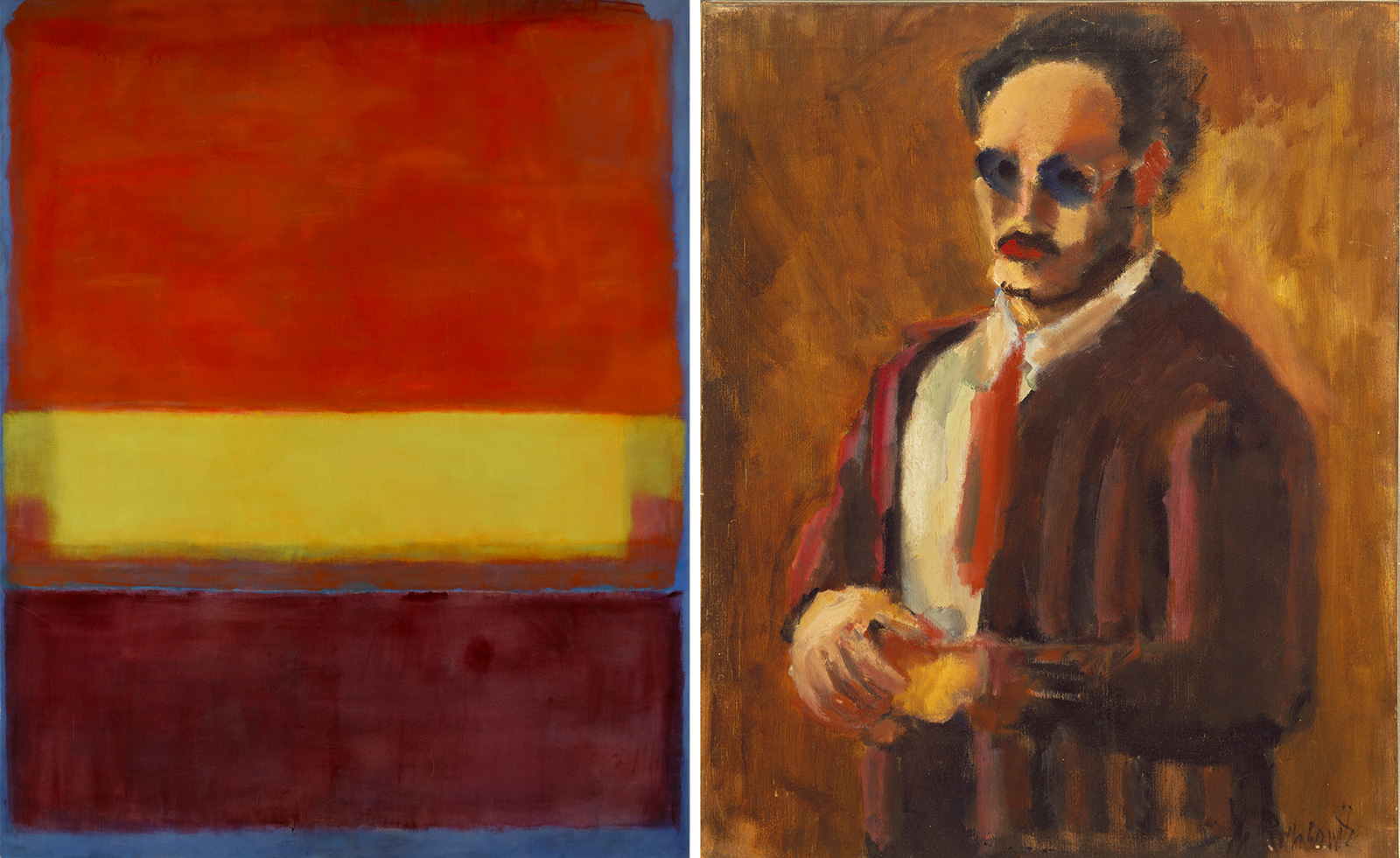 Mark Rothko retrospective to open at Fondation Louis Vuitton in October 2023
Mark Rothko retrospective to open at Fondation Louis Vuitton in October 2023The major Mark Rothko exhibition will bring 115 works to Fondation Louis Vuitton in Paris
-
 Jean-Michel Basquiat and Andy Warhol’s fruitful partnership explored in Paris
Jean-Michel Basquiat and Andy Warhol’s fruitful partnership explored in ParisFondation Louis Vuitton presents ‘Basquiat x Warhol. Painting 4 Hands’, exploring the collaboration between the two artists
-
 Olafur Eliasson saturates Palazzo Strozzi in VR, illusion and Renaissance rationality
Olafur Eliasson saturates Palazzo Strozzi in VR, illusion and Renaissance rationalityIn ‘Nel Tuo Tempo’, a major show at Florence’s Palazzo Strozzi, Olafur Eliasson bends perceptions of Renaissance architecture through dazzling site-specific installations